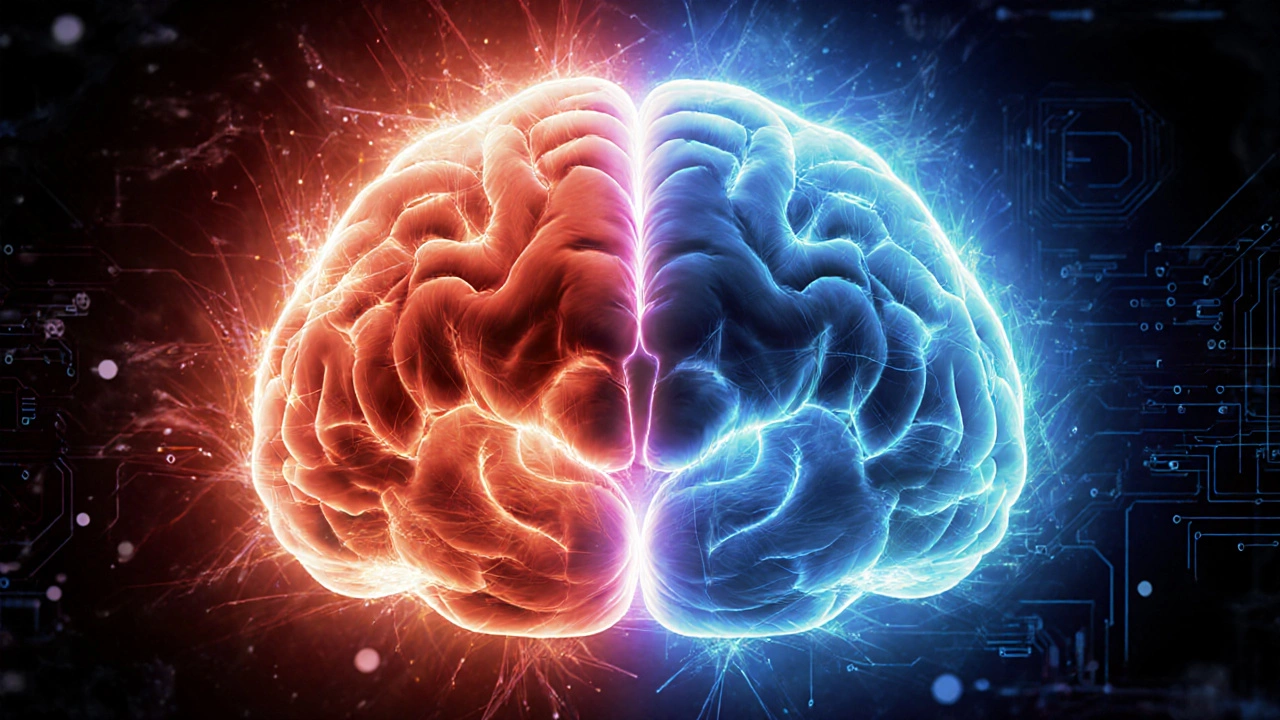Neuroplasticity – The Brain’s Ability to Change
When working with neuroplasticity, the brain’s capacity to reorganize its structure and function in response to experience, injury, or learning. Also known as brain plasticity, it drives recovery after stroke, adapts to chronic pain, and shapes how we acquire new skills, you’re dealing with a living, constantly updating organ. In simple terms, neuroplasticity means that neural pathways can strengthen, weaken, or even form anew, depending on what we do day‑to‑day. Think of it as a city’s traffic system: if a road is used a lot, it gets widened; if it’s ignored, it may disappear. This dynamic reshaping is why physical therapy can restore movement after an injury and why repeated study helps you master a language. Below we’ll unpack the main players that make this possible and show how they connect to the health topics you’ll find in the article list.
Key Mechanisms Behind the Brain’s Flexibility
The first building block is synaptic remodeling, the process where connections between neurons grow stronger or weaker based on usage. When you practice a skill, those synapses fire together repeatedly, releasing chemicals that reinforce the link – a principle often called “neurons that fire together, wire together.” Another crucial element is myelination, the insulation of nerve fibers that speeds up signal transmission. Regular activity boosts myelin, making the pathway faster and more efficient. Both synaptic remodeling and myelination are the hardware upgrades that let the brain adapt to new challenges, from learning a musical instrument to coping with chronic nerve pain.
These mechanisms don’t work in isolation. They interact with rehabilitation, targeted therapies designed to harness neuroplasticity for recovery. In a stroke rehab program, therapists guide patients through repetitive, purposeful movements that stimulate the damaged side of the brain. The repeated practice triggers synaptic remodeling and promotes myelin growth, gradually restoring function. The same principle applies to chronic pain management: confronting painful sensations with graded exposure can retrain the brain’s pain pathways, reducing the perceived intensity over time. In short, neuroplasticity enables rehabilitation to turn effort into measurable change.
Beyond the clinic, everyday habits shape neuroplasticity too. Regular aerobic exercise increases blood flow and releases growth factors that prime the brain for learning. Adequate sleep consolidates the synaptic changes you made during the day, cementing memories and skill gains. Even diet matters – omega‑3 fatty acids provide the building blocks for neuronal membranes. When any of these factors are missing, the brain’s ability to rewire slows down, making recovery from injury or the management of conditions like chronic nerve pain harder. That’s why many of the articles in this collection stress the importance of a holistic approach that blends medical treatment, lifestyle tweaks, and mental strategies.
Now that you see how neuroplasticity links to everything from surgery recovery to pain relief, the posts below will give you concrete examples. You’ll discover cost comparisons for procedures that rely on neuroplastic healing, safety tips for surgeries that affect the nervous system, and practical guides for managing unbearable nerve pain. Each piece builds on the core idea that the brain is not static; it’s a flexible partner in every health decision you make. Keep reading to see how the science of brain rewiring translates into real‑world advice you can act on today.
Can Chronic Pain Be Reversed? Evidence & Treatment Options
Explore if chronic pain can truly be reversed, the science behind neuroplasticity, and evidence‑based treatments-from exercise and CBT to spinal cord stimulation.

